
Bikers filled the roadside cafe, chestnuts prepared to burst forth from their spikey jackets, and pine trees marched up into the hills above Vilaflor. It was the perfect start point for a Sunday afternoon circular walk from the top end of Spain´s highest village. Tenerife´s Titsa bus service only runs a direct service from Los Cristianos on weekends so I was keen to take advantage of a rare Sunday without football to cover.
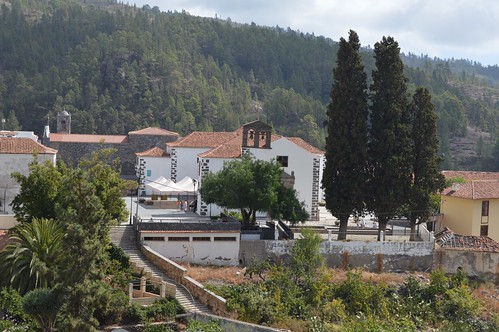
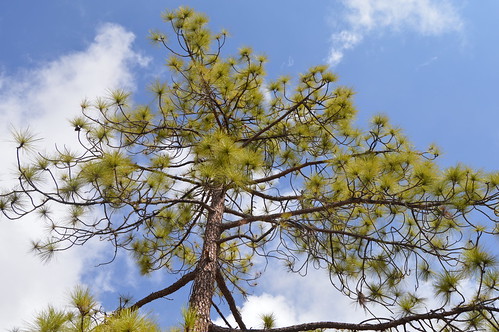
My friend Cecilia, a keen runner, joined me as we took the steep road up to Las Castañas, the village below looked serene and quiet. The tarmac road past the Hotel Villalba and the football ground soon changed to a rough, upwardly mobile track, and the first choice soon arrived. Faced with a lack of clear signs and a hazy memory of my last journey this way, we went upward and I soon recognised a large white modern water pumping station. Being so close to Teide national park, the Vilaflor area has more plentiful water than lower regions so it has always been pumped to the less fortunate areas.
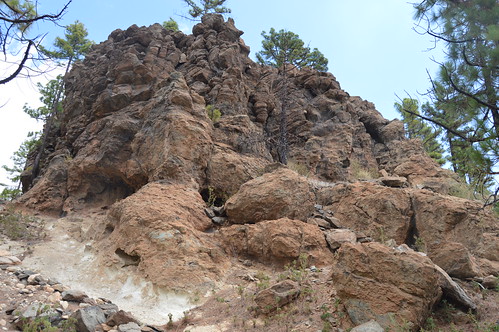
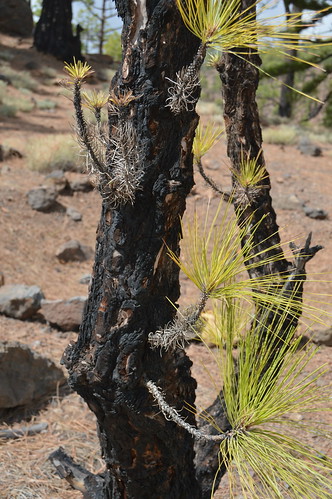
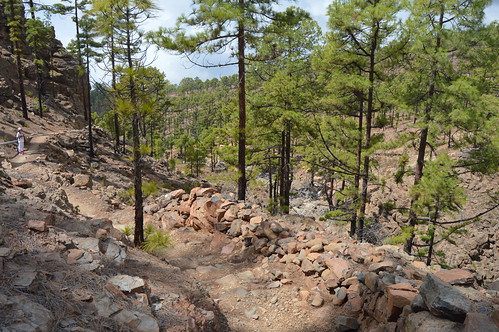
Fire has been a constant menace during the height of summer, there were many signs of a couple of wild fires earlier in the year. Nature is a quick healer, new growths were emerging from blackened bark and even some of the damaged trees had a strange beauty to them. A downward path of orange tinged earth showed how well some of the route has been managed, it led onto a stunning viewpoint overlooking a valley of pine trees. Some nifty footwork was needed for a steep twisting drop leading down to a reservoir, complete with a strange miss match of pipes and valves, and gurgling that sounded like a giant washing machine.

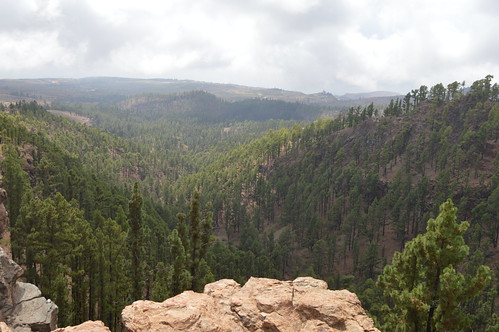
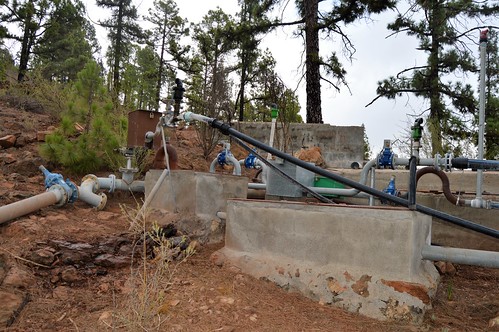
This was where it all got a little interesting. The path up and out at the bottom of Vilaflor was clearly marked but a nearby sign pointed the other way to Ifonche, and as we had plenty of time, it seemed like a good add on. It was a fairly wide natural road, well worn by motor vehicles, it undulated up, down, and out in a long loop seemingly in the general direction we needed. A series of ancient water channels, pumping stations, and an old weir, were bone dry, it was difficult to imagine what it would look like when a storm raged. High banks along the way showed massive bolders that had half rolled down and were precariously perched on inclines.

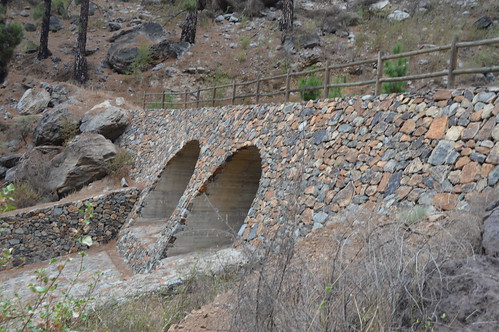
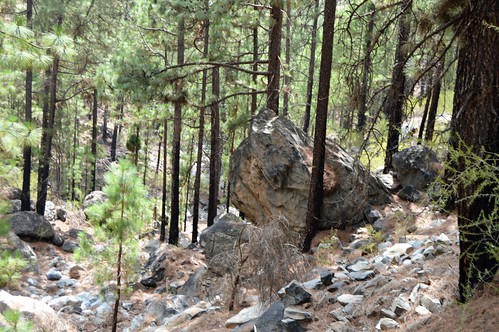
After a couple of hours the path tightened and started to wind upwards as thin wisps of cloud drifted across. It was time to turn tail and retrace our steps to the reservoir where a clear and known exit awaited. Our water and food supplies stood us in good stead and heading into familiar territory hastened our pace. Once back at our ill fated wrong turn, a little browsing showed a smaller path tucked behind a tree, that was the true Ifonche route even though the sign pointed to the other path.
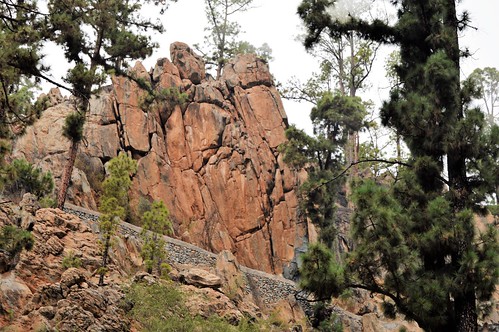
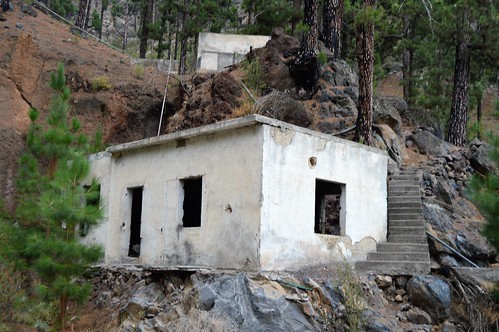
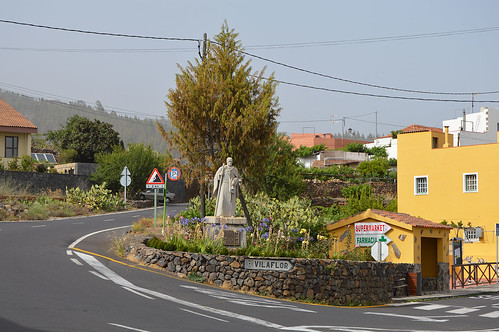
There was still some steep terrain ahead and the lure of a fresh, cold drink. Arriving on the main road just below the Hermano Pedro junction, our 6 hour jaunt had become a near 20 km epic, and the 6 pm last bus to Los Cristianos had gone. Some forward planning had identified Arona as the nearest bus point for the south, a “cheap lift” that far, linked us to the Titsa and on to home soil. It wasn’t quite as planned but still very enjoyable and a vindication of allowing plenty of time, food, drink, and a positive attitude. Ifonche part two is pencilled in so I can square the circle soon.